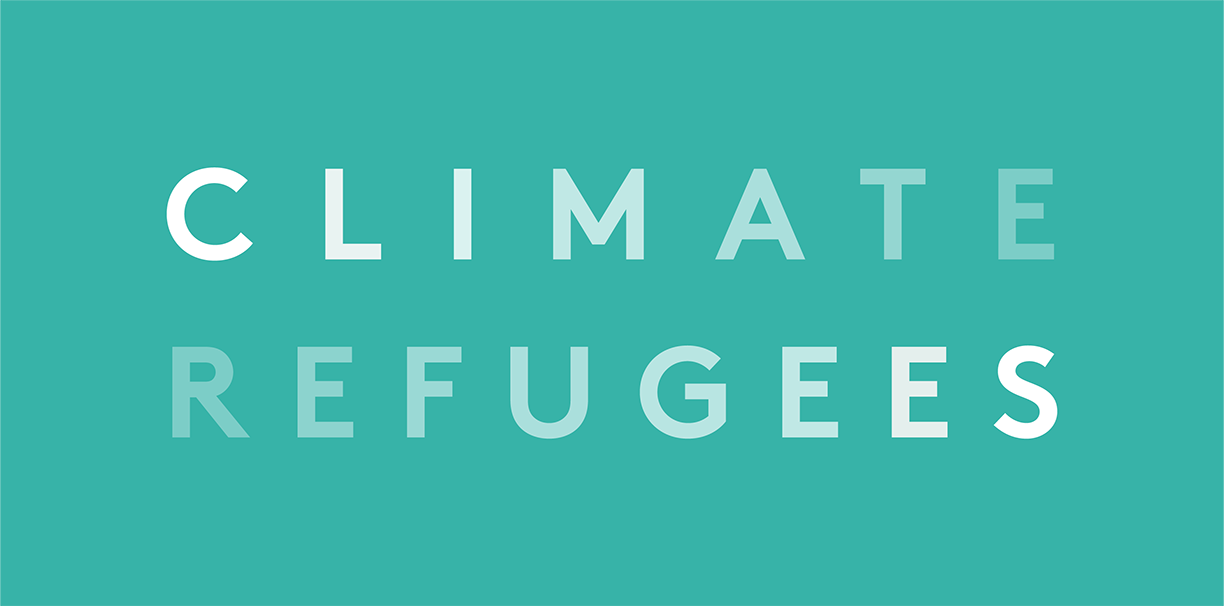Throughout the 2010s, the lakes in the region, which is Kenya’s portion of the Great Rift Valley, rose slowly, displacing tens of thousands of people. But in 2020 a particularly severe rainy season caused the flooding to accelerate. Lake Turkana, in the arid northern part of the country, actually swallowed a nearby lake altogether. Freshwater Lake Baringo, further south, flooded eight miles inland and moved dangerously close to a saltwater lake, which would have devastated wildlife in both, with an inevitable impact on the area’s tourism industry, largely centered around the saltwater lake’s famous flamingos. By some estimates, Baringo has risen at least 9 meters since 2013.
Intersection of Crises Exacerbates Climate Migration in Mozambique
Mozambique is dealing with climate-induced migration in the south and conflict-induced migration in the north. Tropical Storm Ana made landfall in the southeast African nation last month, destroying hundreds of homes and killing at least twelve people. This is not the first deadly storm to hit Mozambique and unfortunately, they are becoming increasingly prevalent for Mozambique and other countries in the region due to climate change.
Madagascar is Struggling Under the Weight of Climate Change
Unfortunately for Madagascar, weather-related disasters aren’t the only challenges climate change poses. These back-to-back disasters come on the heels of one the worst droughts to hit the country in 40 years. The drought, which has primarily hit the southern part of the country, has placed an estimated 2 million in need of urgent food assistance.
2021 Deepened Climate Migration as Survival
2021 closed with yet another year of record forcibly displaced persons and the climate crisis played a major role driving over 84 million people out of their homes.
We already know that in 2020, three times as many people - 30.7 million - were internally displaced by the climate crisis than by conflict or violence. Numbers over the last decade don’t fair any better either, where twice as much displacement was triggered by weather-related events than conflict or violence. The trends tell us people are being forcibly displaced, forced to migrate and wherever possible, migrating to survive.







